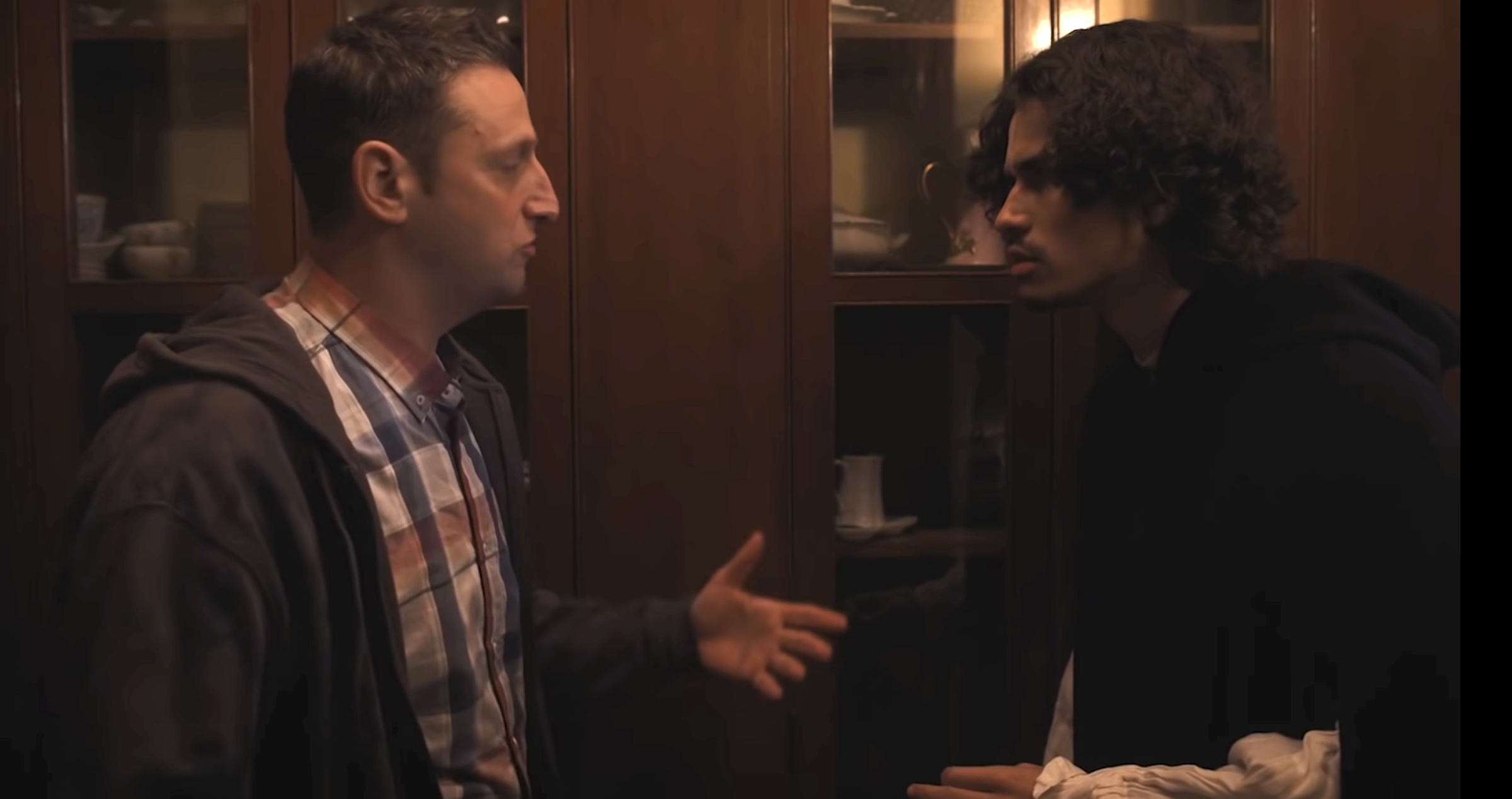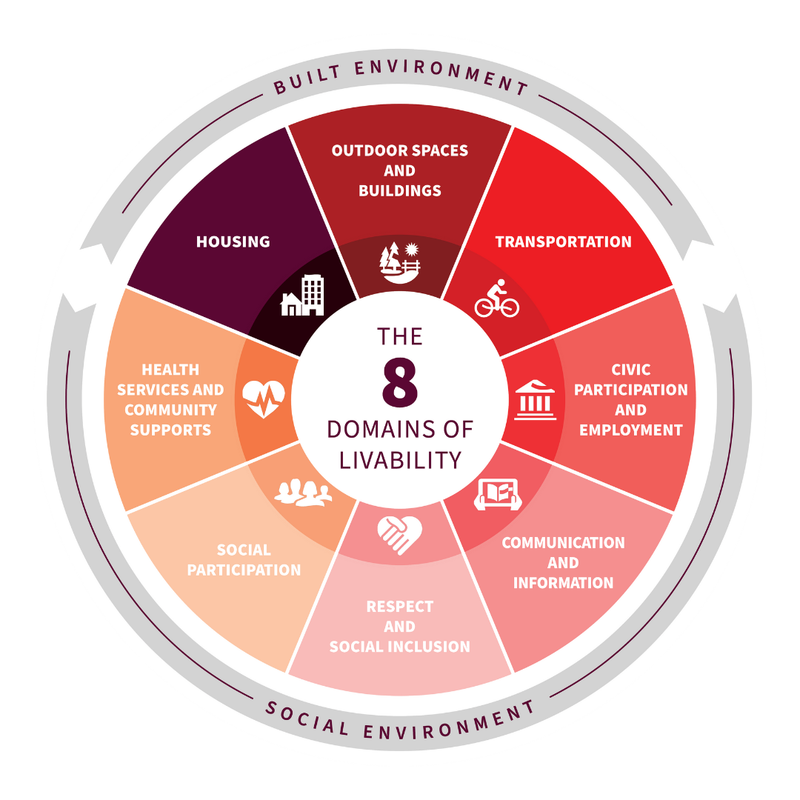1-in-44: With or without autism, daily life is a delicate wire to cross
These are genuinely funny scenes (if cringe comedy is your thing). These also seem like situations autistic people might struggle with. In the first, the tour guide says the participant could swear, so really, what was he doing wrong? Robinson’s character didn’t get the memo that yes, it’s okay to s


On tough or stressful days, I often tend to reach for comedic relief, like watching Seinfeld or listening to Comedy Bang Bang on Spotify. Recently, I’ve gotten hooked on “I Think You Should Leave,” a Netflix sketch comedy created by Tim Robinson and Zach Kanin, both Saturday Night Live writers. The brief episodes feature several skits about awkward moments in everyday social situations that somehow spiral wildly out of control, thanks to Kanin and Robinson, who is often the centerpiece in the skits.
Basically, the main character creates and exacerbates an untenable situation to the point where others just want to leave. It’s an example of a genre called “cringe comedy,” which has gone viral recently.
Though the skits in ITYSL are over the top and unrealistic, there’s an element of truth in them that I think is relatable. Some remind me of the challenges autistic people might face in social situations.
A couple of examples:
During a ghost tour for adults, the guide tells people it’s okay to say whatever they want, or even swear, and just have fun. But Robinson decides to overuse obscenities and crass phrases to the point where the other participants, including the tour guide, become angry enough that they kick him out of the tour.
“But you said we could say whatever the hell we want,” he protests matter-of-factly, perhaps not realizing everyone else feels awkward and uncomfortable. “You can’t change the rules just cause you don’t like how I’m doing it,” he adds, tears of frustration welling in his eyes.

From his point of view, he’s done nothing wrong.
Robinson can’t get past the statement that he should use “better judgement” when asking questions on the tour. He followed the rules, so what’s the big deal? He doesn’t see how his comments are inappropriate, because the nuances of daily life are too complicated for him to comprehend.
In another sketch, Robinson is upset because his lunch routine is upended with an unscheduled meeting so that a colleague can make an early flight.
Robinson sneaks a hot dog in his sleeve so that he can still eat during the meeting. But it goes too far, and he starts choking on the hot dog. Later, after he’s saved, he says, “You can’t skip lunch. You just can’t, guys.”
In a third sketch, Robinson is choking (again) but doesn’t want to call attention to himself because his idol is sitting at the other end of the table. He doesn’t want to feel embarrassed if his predicament makes a scene. Instantly relatable.
These are genuinely funny scenes (if cringe comedy is your thing). These also seem like situations autistic people might struggle with. In the first, the tour guide says the participant could swear, so really, what was he doing wrong? Robinson’s character didn’t get the memo that yes, it’s okay to swear, but at least keep f-bombs and dirty language reasonable.
In the second example, he’s sticking with his usual lunchtime routine because that’s likely what he does every day. He doesn’t feel comfortable with suddenly changing his routine, so he tries to keep his day on an even keel by eating at the usual time, whatever it takes.
What I’m trying to say (awkwardly) is that this show accurately portrays some complex obstacles autistic people face within society. What’s interesting, and kind of ironic, is that people (like me) find these situations extremely relatable – not for the situation itself, which is outlandish, but for how we can empathize.
A recent New York Times story by Sam Anderson attempts to dissect why Robinson and the show ring true:
”Robinson’s characters are rarely proud of their antisocial behavior. They want, desperately, to follow the rules. They are searching, as hard as they can, for the elusive balance between self-interest and the interests of the group. They just can’t seem to find it.”
“Fitting in” is a part of life that can elude autistic people as well as neurotypical people. Where the former ends and the latter begins is tough to define. Though difficult to tell, there is a difference between autism and social awkwardness.
A story on Healthline indicates autism is a neurodevelopmental condition, while social anxiety is a mental health condition. The story states that autism doesn’t stem from trauma, while social anxiety is a person’s reaction to something negative that happened to them in the past.
This study examines the role the amygdala plays in understanding social anxiety disorder. Other factors include maintaining eye contact, feeling nervous, having trouble adjusting to new or stressful situations, or keeping the conversation one-sided. Health care professionals use the DSM-5 (The Diagnostic and Statistical Manual of Mental Health Disorders, published by the American Psychiatric Association) to distinguish between the two.
I don’t know whether autistic people “want” to fit in, or understand these nuances. My daughter is just not able to verbally express how she feels, so my personal insights are limited.
Anderson sums it up succinctly:
“It’s tricky, being a person in a society… you must follow the rules….. vast, overlapping codes, written and unwritten, silent and spoken, logical and arbitrary. Some rules are rigid (stop signs), while others are flexible (yield signs), and it’s your job to know the difference.”
Daily life is a delicate wire to cross. It must be even more difficult to discern these subtle differences if you’re wired differently. Hopefully the more that society becomes aware of everyone’s individual challenges, the wider that wire can become.

Autism word of the day: Asperger’s
You may have heard of this term before to describe people on the spectrum. We first really became aware of the term when we received Sarah’s autism diagnosis. From what I understand, Asperger’s was a term similar to “high-functioning autism.” That phrase would describe someone who is autistic, but maybe doesn’t need as much support as an autistic who is non-verbal, for example. Asperger’s hasn’t been used clinically since 2013. I still don’t know what is considered correct, but a safe bet is to find what you and your loved one are comfortable with using – that’s all that should matter, really.





